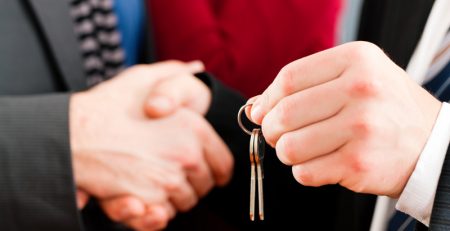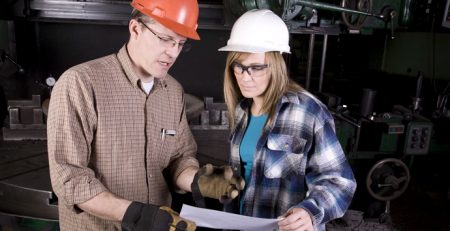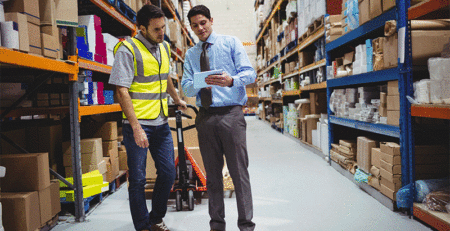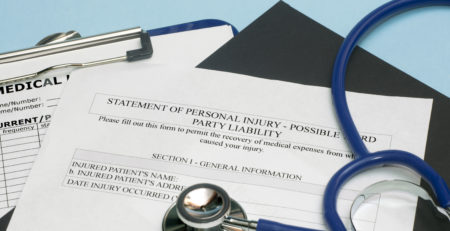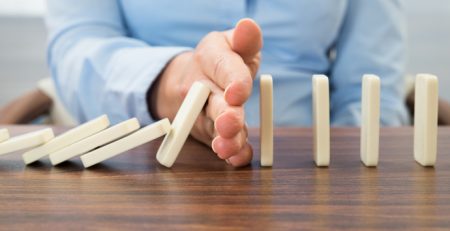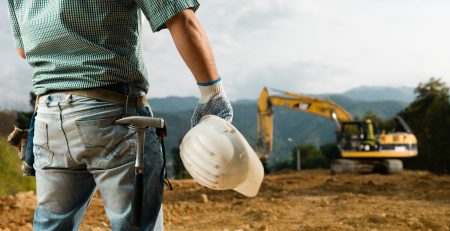Tripped over at Work Claims: Common trip hazards in the workplace
According to the Health and Safety Executive (HSE), slip, trip and fall accidents account for almost 30% of all reported non-fatal work accidents every year. That’s around 220,000 slip trip and fall accidents a year, making slips, trips and falls on the same level (as opposed to falls from a height, which are treated separately for statistics purposes) the most common types of accident at work by some distance.
When compared with other types of accidents at work, such as being hit by a moving vehicle, being trapped by something collapsing (or overturning) or getting struck by a falling object, it would be easy to dismiss workplace tripping accidents as trivial matters.
Think again. Tripping accidents at work not only result in the victim suffering bumps, bruises or sprains, painful injuries as they can be in their own right.
What kind of injuries are caused by tripping accidents?
The location of the tripping accident and the way the victim lands when they fall to the ground will have a bearing on the nature and severity of their injury. They may put their hands out in an instinctive attempt to soften their landing. Alternatively, some tripping accidents end up with the victim hitting the floor headfirst. The ensuing injuries may be very different in type and severity. Here is a list of some of the injuries people suffer through tripping over an obstacle at work:
- Cuts and bruises
- Lacerations and deep cuts
- Burns and scarring, e.g. through tripping up in a working kitchen
- Back injury
- Broken or fractured arms
- Broken or fractured wrists
- Broken collarbone
- Dislocated shoulder
- Concussion
- Fractured skull
- Traumatic brain injury
- Spinal injury
Slip, Trip and Fall accidents
Slip, trip and fall accidents at work are sometimes referred to as if they are the one type of accident. However, whilst a ‘fall’ is the almost inevitable result of both actions, slips and trips have different causes.
Slip accidents at work
Slip accidents happen when someone walks across a surface that has been made slippery by a substance left on it or dropped onto it, e.g. oil, coffee, or grease.
Sometimes a slip accident will occur if a concrete or wooden surface has been too highly polished during cleaning. Alternatively, a carpet or mat placed on a hard floor without being secured by tape, pads, grips, or some other anti-slip prevention method, may be the cause of a slipping accident.
Trip accidents at work
A trip accident happens when you stand on something that causes you to lose your balance and fall over. Equally, if your foot strikes an object, it may cause you to take a tumble. A common cause of tripping up and falling is a cable left trailing across the floor. Computer cables are a particular hazard and the cause of many office accidents.
Tripping accidents are frequently a result of:
- An uneven floor in the workplace or outside it (but still on land owned by your employers)
- An obstructed view that prevents you from seeing where you are going
- Badly lit premises
- Untidy floorspace
- Work tools and equipment left impeding walkways
- Badly fitted carpet
- Cables left trailing across the floor
- Low lying drawers left open in cabinets, desks etc
- Uneven or damaged steps
Employers liability for tripping accidents at work
Employers have a common law duty to provide their employees with a safe place of work. ‘Common law’ comes from established custom and judicial precedent (decided case law) instead of statute law, which comes from rules and regulations set out in ‘legislation’ (Acts of Parliament).
Under common law, an employer must ensure that floors and access ways are safe and free from tripping hazards. The employer must act reasonably. Where tripping accidents are concerned, the duty of care owed by the employer is of a pretty high standard. Employers could prevent most tripping accidents by carrying out suitable risk assessments and by laying down and enforcing strict policies on keeping floors and walkways free of obstacles.
Statute law also has a part to play in keeping employees safe at work. The relevant Act of Parliament is the Health and Safety at Work act 1974, with sections 2 and 3 of the Act imposing obligations on employers to ensure, so far as is reasonably practicable, the health and safety of their employees whilst they are at work.
Not every tripping accident is the employer’s fault. Should an employee trip up because they are in a hurry, not watching where they are going or fooling around, the accident may be solely the responsibility of the individual concerned.
Nevertheless, when a tripping accident happens because an employer fails to provide a safe place of work, an employee who suffers injury due to the ensuing accident caused by the breach has the right to instruct a personal injury solicitor to bring an accident at work claim against the employer.





